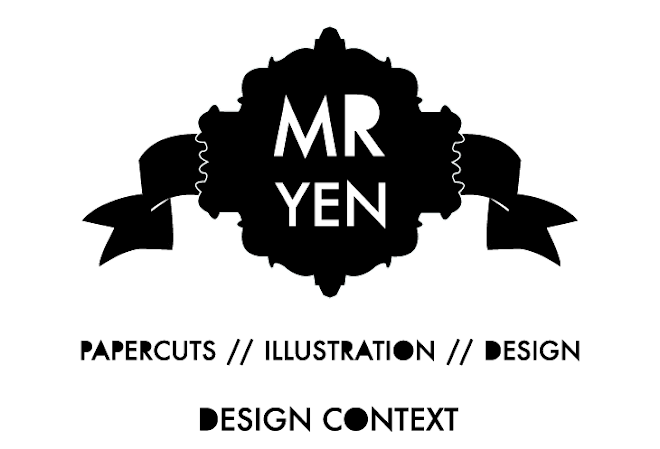Papercuts & their names in various cultures
While looking for paper arts in different cultures, I came across the following most commonly known traditional names for the craft of paper cutting/paper manipulation:
* German/European – Scherenschnitte
"...which means “scissor cuts” in German, is the art of papercutting design. The art work often has symmetry within the design, and common forms include silhouettes, valentines, and love letters. The art tradition was founded in Switzerland and Germany in the 1500’s, and was brought to Colonial America in the 1700s by immigrants who settled primarily in Pennsylvania" [source]* Indian – Sanjhi
"Sanjih is a ritualistic craft used in the worship of Lord Krishna. This craft involves the cutting of an intricate stencil depicting scenes from the life of Lord Krishna and the use of this paper stencil in making rangolis. The origin of the word sanjih, it is felt, could either be derived from the sancha or mould from which the stencil is cut or it could have originated from the word sanjh --- the coming of dusk --- when the rangoli was traditionally unveiled in the temples. Though rangoli-making is practised in most parts of India and has, for centuries, been a part of the ritualistic worship of the gods, the craft of sanjih is rare. The craftsmen at Vrindavan in Uttar Pradesh are among the few still carrying on the age-old tradition, the origins of which are lost in antiquity" [source]* Mexican - Papel picado (Literally means Perforated paper)
"Papel picado (punched paper) is a Mexican popular art form with roots in the country’s ancient cultures. The Aztecs used the bark of wild mulberry and fig trees to make a rough paper called Amatl. Amatl was used to make flags and banners to decorate temples, streets and homes" [source]*Jewish/Israeli - Mizrahi
"Mizrahi – Jewish papercutting is a very traditional art form. Papercutting has been used among the Jewish people traditionally to enhance ketubahs – marriage contracts, and other artworks hung in Jewish homes, it often uses symmetrical design with traditional Jewish symbols" [source]* Polish - Wycinanki
"Wycinanki, pronounced Vee-chee-non-kee is the Polish word for ‘paper-cut design’. Just when and why this art form began to flower in Poland seems a matter of some uncertainty. Some say it goes back to the time when few farm houses had glass windows. To keep out the elements, peasant farmers hung sheep skins over the window openings. Then, to let in some light and air, they took their sheep shears and snipped small openings in the skins, and these were soon recognized as decorative as well as functional" [source]
* Japanese - Kirigami (Origami, is folded paper)
"Kirigami is a variation of origami where the artist is allowed to make small cuts in the paper (from Japanese "kiru" = to cut, "gami" = paper). This enables the artist to enhance the visual presentation of the artwork, at the expense of simplicity. In origami, papercutting is frowned upon by the majority of modern folders, as techniques have advanced enough to make cutting unnecessary for a skilled folder.
Kirigami is sometimes made when certain folds are made in the paper to make a base, or the model without the cuts in it. Then, cuts are made in the base. When all the cuts are made, the base is opened out and flattened to make the finished kirigami. Usually symmetrical objects are made, such as snowflakes, pentagrams, or orchid blossoms.
The term Mon-Kiri is the Japanese art of paper cutting." [source]
